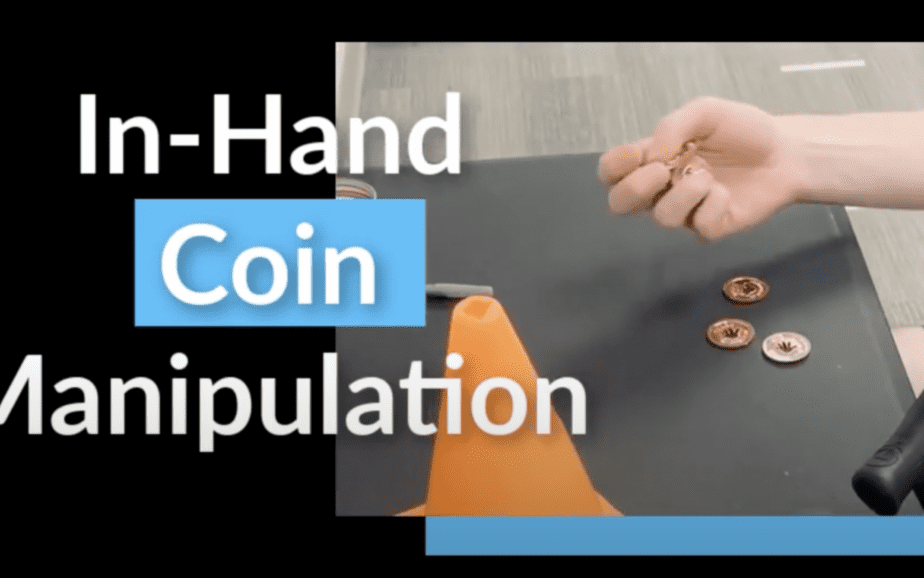In-Hand Coin Manipulation
Occupational Therapy Intervention : Fine Motor Coordination using Coin Manipulation
Documentation and Activity Rationale
The patient engaged in a fine motor coin manipulation activity using right hand (left hand to assist prn) to retrieve coin using thumb abduction and/or tip pinch, maintain grip and place into a slightly resistive target. The patient was very challenged by this activity requiring frequent adaptations. Patient was unable to retrieve independently requiring max ax1/and placement of coin in webspace of thumb x10 coins. The activity seeks to elicit fine motor active range of motion, coordination, pinch strength, translation, and skills of prehension.
Grading Strategies
Grading Up:
- smaller coins
- more coins
Grading Down:
- larger opening to release into
- less coins at one time
Appropriate Diagnoses / Deficits
- coordination deficits
- atrophy s/p hand and/or wrist surgery
- CVA
- TBI
In-hand coin manipulation using actual coins in occupational therapy treatments helps to ensure the therapy is task-specific, engaging, and objective. Here’s how:
Task-Specific
- Functional Relevance: Manipulating coins is a common daily activity, making it highly relevant and practical for patients. This ensures that the skills practiced in therapy can be directly transferred to real-life situations.
- Fine Motor Skills: Coin manipulation specifically targets fine motor skills, including dexterity, finger strength, and coordination, which are crucial for many everyday tasks such as buttoning clothes, writing, or handling small objects.
Engaging
- Motivating Activity: Using real coins can be more interesting and engaging for patients compared to abstract exercises. The familiarity and tangible nature of coins can make the activity feel more purposeful and motivating.
- Variety and Challenge: Coins of different sizes and weights provide varied challenges, keeping the activity interesting and progressively difficult as the patient’s skills improve.
Objective
- Measurable Progress: Coin manipulation tasks can be easily quantified, allowing therapists to objectively measure progress. For example, the number of coins manipulated within a set time frame or the ability to perform specific coin tricks can be tracked and recorded.
- Standardized Tasks: Using coins allows for standardized tasks, such as picking up coins from a flat surface, sorting them, or moving them from palm to fingertips. This standardization helps in objectively assessing and comparing patient performance over time.
Specific Therapeutic Benefits
- Strengthening Intrinsic Hand Muscles: Manipulating coins strengthens the small muscles in the hand and fingers, crucial for grip and precision tasks.
- Enhancing Coordination: The activity requires coordination between fingers, improving fine motor control and hand-eye coordination.
- Improving Sensory Feedback: Handling coins provides tactile feedback, enhancing sensory perception and proprioception in the hands.
- Promoting Cognitive Skills: Sorting and counting coins can also engage cognitive functions such as attention, sequencing, and problem-solving.
Practical Application
- Grading the Activity: The complexity of the task can be easily adjusted by changing the size, weight, and number of coins, or by varying the speed and accuracy requirements.
- Engaging Multiple Systems: Coin manipulation tasks can integrate sensory, motor, and cognitive systems, providing a comprehensive approach to rehabilitation.
In-hand coin manipulation, therefore, offers a practical, engaging, and measurable way to improve fine motor skills and hand function in occupational therapy.

